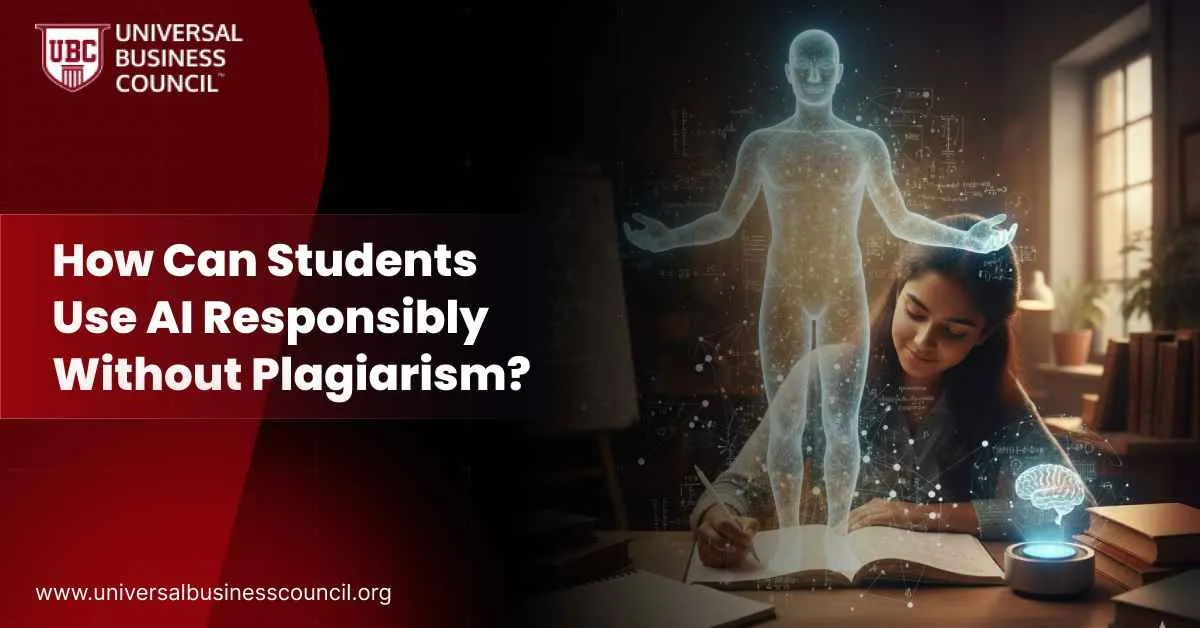 Students today have access to advanced AI tools that can generate essays, solve problems, and create summaries in seconds. While these tools can be helpful, using them without thought or attribution can cross into plagiarism. The challenge is not whether students should use AI, but how they can do so responsibly. For those preparing for future careers, understanding responsible AI use is just as important as mastering subject knowledge, and a Marketing and Business Certification can help connect these practices to real-world opportunities.
Students today have access to advanced AI tools that can generate essays, solve problems, and create summaries in seconds. While these tools can be helpful, using them without thought or attribution can cross into plagiarism. The challenge is not whether students should use AI, but how they can do so responsibly. For those preparing for future careers, understanding responsible AI use is just as important as mastering subject knowledge, and a Marketing and Business Certification can help connect these practices to real-world opportunities.
What Counts as Plagiarism with AI
Plagiarism doesn’t just mean copying from another student or website. If someone takes AI-generated text and submits it as their own work without attribution, it still counts. Even when the text is “new,” it may not reflect the student’s own analysis, which is often a key requirement in academic work. Copying AI output word-for-word is risky, because universities now treat this the same way as copying from a book or article without citing.How Schools Are Responding
Universities and schools are updating academic integrity policies to make expectations clear. Some allow AI use if students acknowledge it, much like citing a source. For example, Trinity College Dublin has guidelines requiring students to note when AI was used. Others limit AI support to brainstorming or idea generation but not full essay writing. Teachers are also redesigning assignments, adding in-class activities and oral presentations to ensure students show their own thinking.The Role of Detection Tools
Detection tools like Turnitin now scan for signs of AI writing. Their data shows that a noticeable portion of student submissions include at least some AI-generated text. But these tools aren’t perfect. False positives have been reported, especially for non-native English speakers or when students edit their work heavily. To avoid being flagged, students must use AI as a helper, not as a ghostwriter.Responsible vs Irresponsible AI Use in Student Work
| Responsible AI Use | Irresponsible AI Use |
| Using AI for brainstorming essay ideas | Submitting entire essays written by AI |
| Summarizing articles to understand key points | Copying summaries word-for-word into assignments |
| Proofreading drafts with AI tools | Letting AI replace your own writing style |
| Checking grammar and clarity | Using AI to generate answers during exams |
| Outlining study notes or practice questions | Depending only on AI and skipping course material |
| Citing AI use when required | Hiding AI use despite school policies |
| Fact-checking AI outputs with reliable sources | Accepting AI content without verification |
| Combining AI suggestions with personal insights | Submitting unedited AI responses |
| Learning citation formats from AI | Asking AI to fabricate references |
| Using AI for time management and planning | Avoiding original effort entirely |
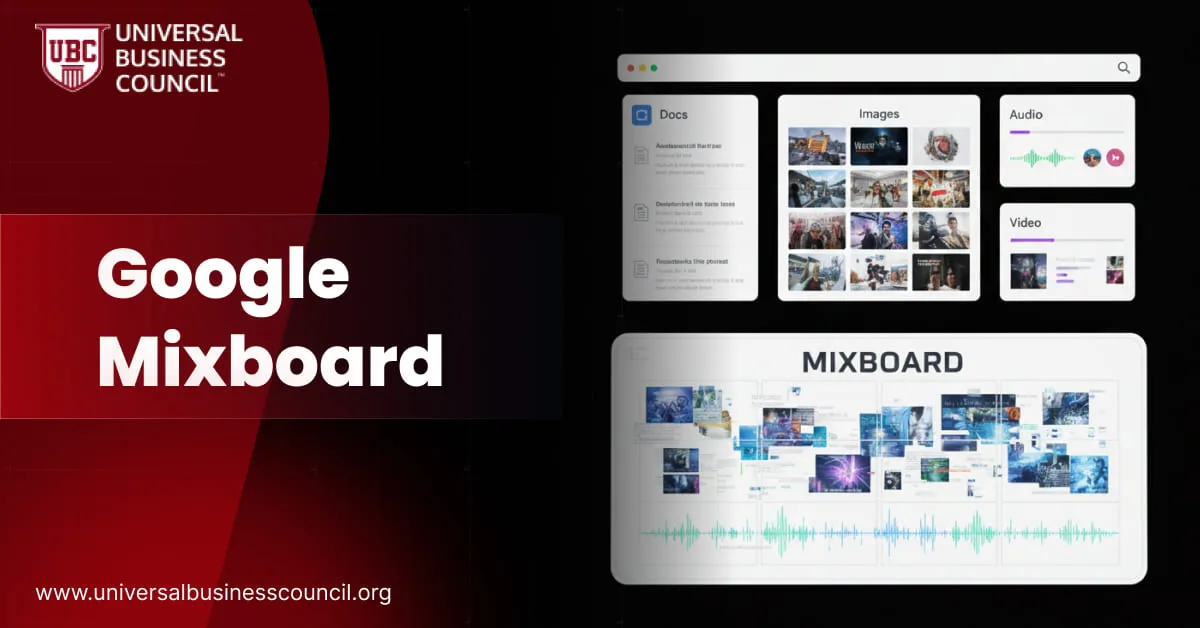
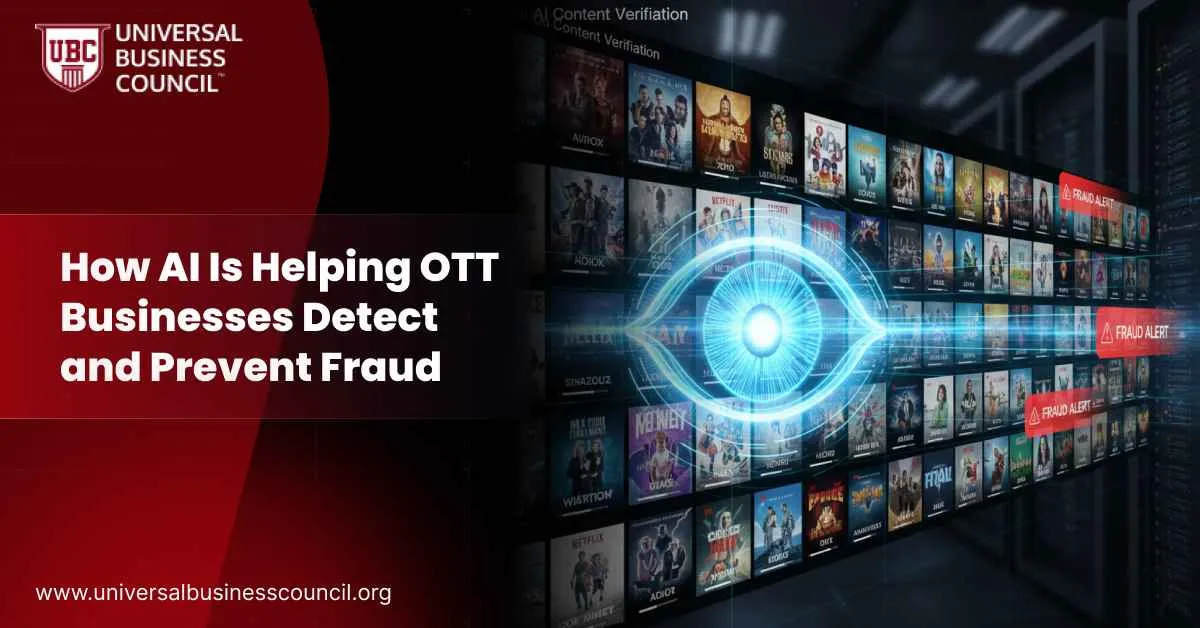
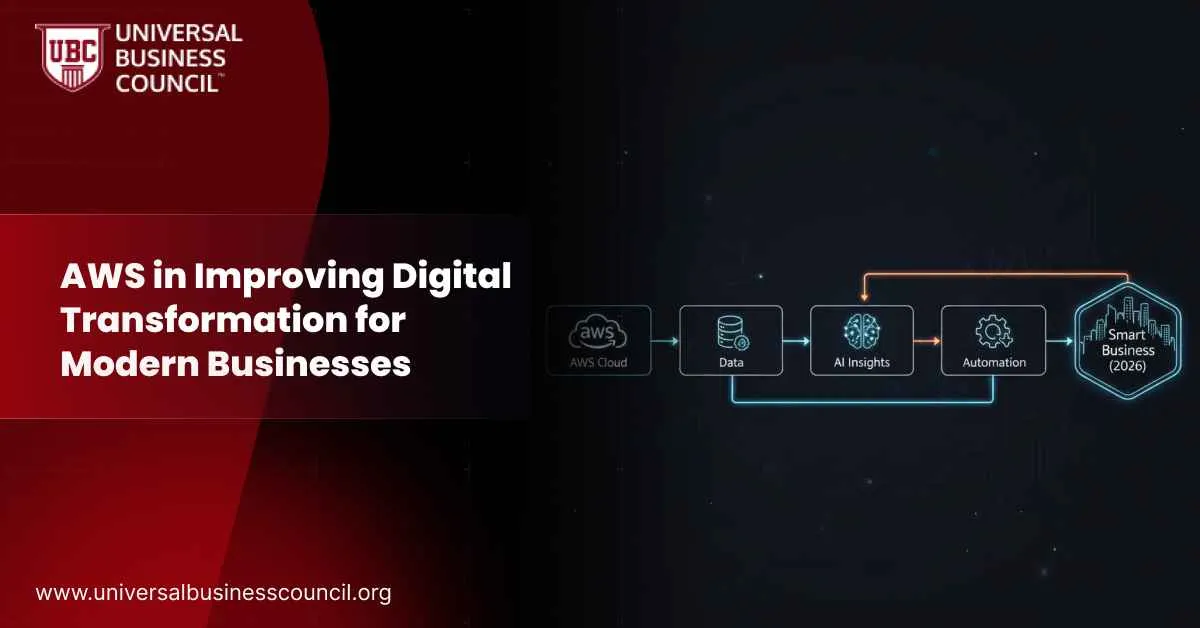
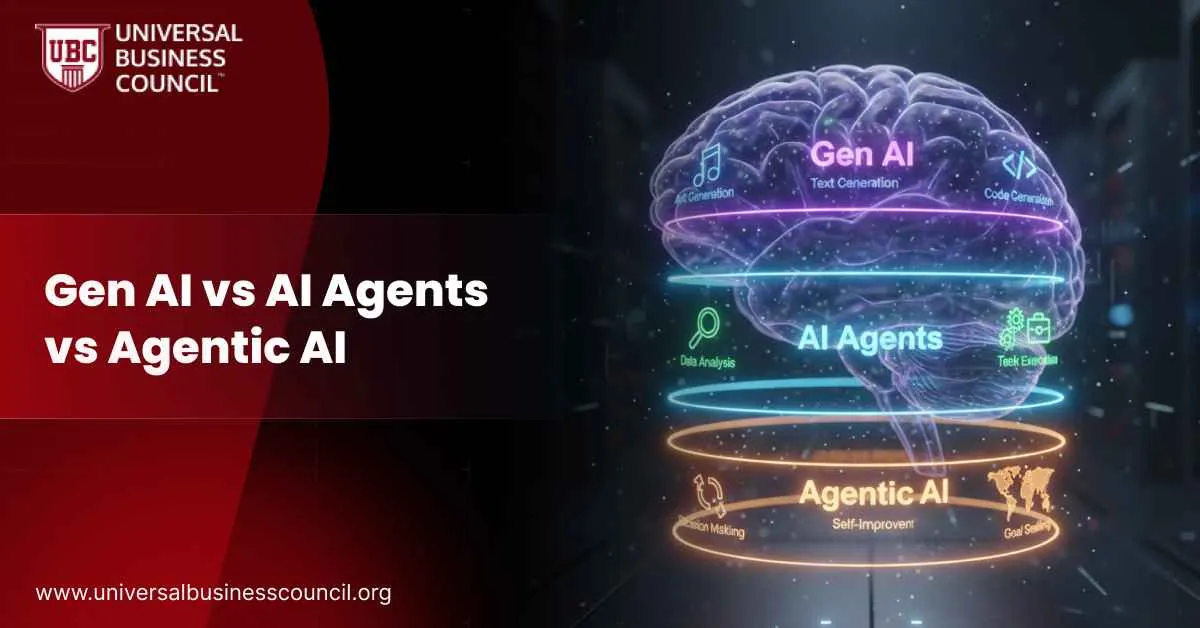
Leave a Reply